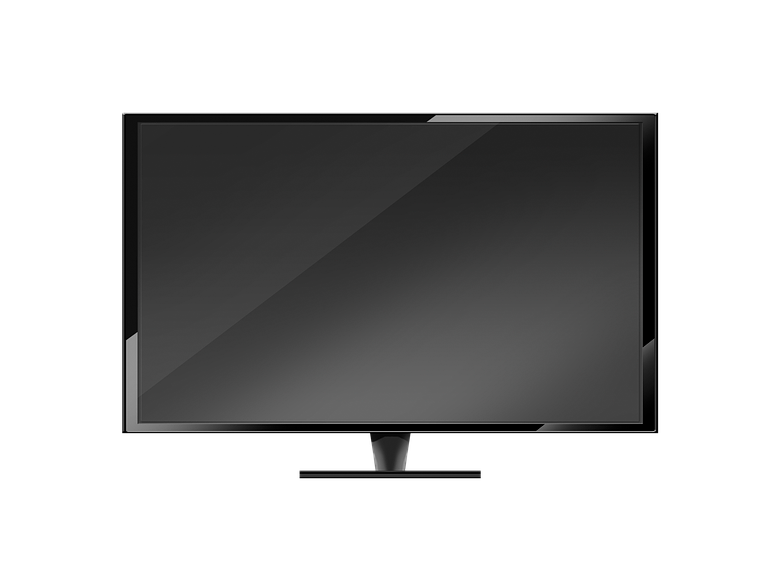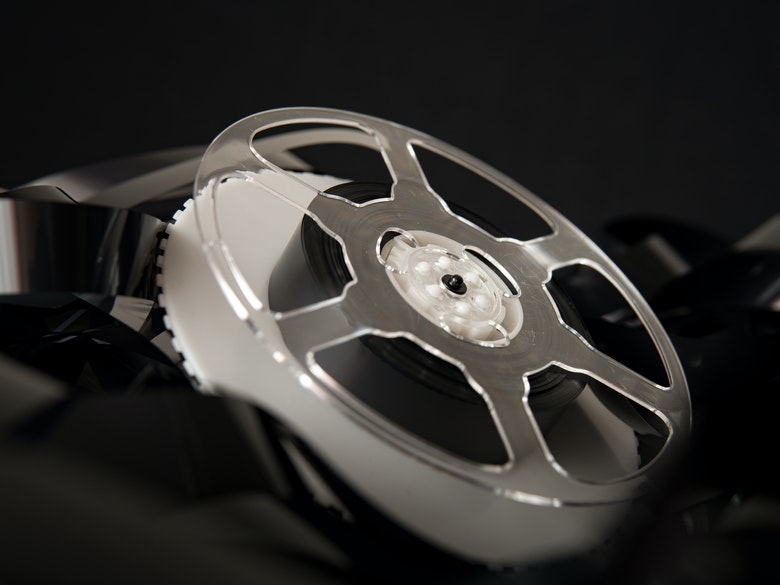The Advent of HDTVs

In the United States, the Senate has passed a bill in December 2005 that would mandate all analog broadcasts by free to air television networks to stop and cease analog signal transmission by February 17, 2009.
The US Senate bill means that after February 17, 2009, the conventional and widely used analog TV sets in the country will be obsolete and useless.
Why? Because these TV sets would not be able to receive signal transmissions anymore. Thus, the lower-income TV viewers would have to be deprived of TV entertainment.
But, the US Senate also approved a resolution that would make the federal government subsidize the average-income consumers' use of converter boxes to enable them to watch the proposed, improved, better, and new digital broadcasts from their favorite TV network still using their analog TVs.
The resolution would allow low-income analog TV users to still use their analog TVs but at the same time empower them and give them access to digital TV broadcasts.
That resolution is still pending in the Senate. But people expect the transition to digital broadcasts to resume and take place within the allotted time frame. Thus, converter boxes will also be popular in a couple of years' time as digital broadcasts conquer the airwaves and digital TV sets still remain expensive.
HDTVs
HDTV was first introduced to the market in 1998. HDTVs stand for high-definition television sets, and the name implies the general function, use, and outstanding feature of the equipment.
HDTVs are high resolution. It means that the TV screen of these kinds of television is far better and comparatively spicier and perkier than their analog counterparts.
For sure, every televiewer around the world has grown to love analog TV sets, but because the times are changing and HDTVs are far better than analog TV sets, consumers are expected to quickly make the big switch.
What is with HDTVs? And why are people turning gaga over them? The answer to these questions is seemingly obvious, as technology is characterized and known for that, turning obsolete the old stuff and bracing in the better and new stuff which in turn are modifications of the new stuff.
For one thing, HDTVs are further modified versions of analog TV sets. But the features of the two are so distantly different and apart from each other.
HDTVs vs. analog and digital TVs
HDTVs are the new types of TVs sets that are setting the appliance storms on fire from a rush of TV shoppers. That is because every aficionado and TV addict, who are more than particular on the choice of TV sets they buy, are turning to HDTVs for more pleasurable TV viewing experiences.
In a few year's time, it is estimated that HDTVs will take over the role being currently played out by analog TV sets in the TV industry not just in the United States and other developed and industrialized countries but also in other countries, even in the third world.
Thus, it would be significant and interesting to make a comparative analysis of HDTV up against the traditional and more widely used conventional analog TVs and the more modern digital TVs.
Analog TVs cannot display images perfect fit for DVD signals not unlike the progressive-scan feature of the HDTVs. Analog TVs, notably, could only project or transmit standard-definition signals such as those from your traditional and popular free-to-air TV networks.
Analog TVs, just like HDTVs can also receive transmission signals from cable and satellite-transmitted signals, but the things is, the resolution and image and sound quality can still fall short compared to HDTVs.
Digital TVs are the inspiration and antecedents for the development of chic HDTVs. Digital TVs can receive and display progressive-scan signals like those coming from DVD players. The features are almost the same as those of HDTVs, only that HDTVs are the modifications of digital TVs and therefore are more complex and modern than them.
After digital TVs, there is still one type of new TV set that is seldom found in appliance stores. They are called EDTVs.
EDTVS stands for enhanced-definition television sets. EDTVs, take note, are almost like HDTVs. The types of signals received by HDTVs are that of the scope of signals compatible for HDTVs.
The features of EDTVs and HDTVs are unified, except for the resolution. Yes, folks, HDTVs have got the best TV resolution in town. Nothing else can currently compare with it. EDTVs are far behind HDTVs, needless to say.













